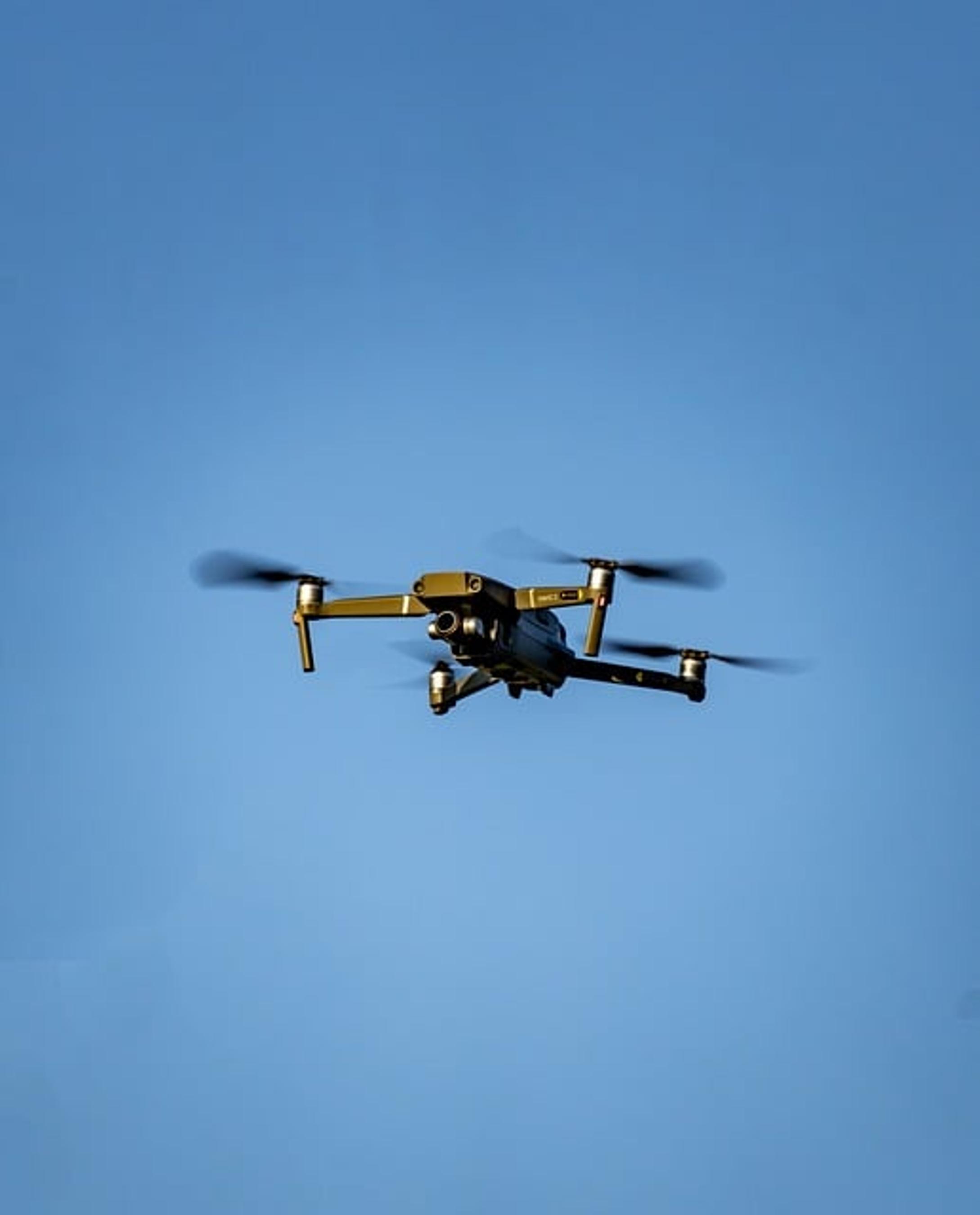Introduction
Navigating a drone can be a thrilling yet challenging experience, especially for beginners. The headless mode feature on drones is designed to simplify control, making the flying experience more intuitive and less intimidating. This feature comes in handy for new pilots who find it difficult to maintain orientation.

Defining Headless Mode
Headless mode is a flight setting available on numerous consumer drones, aimed at simplifying orientation control. In traditional drone settings, the ‘front’ and ‘back’ are fixed; the front is usually marked with colored lights or decals. When in headless mode, the fixed orientation is overridden. Instead, the drone’s movement is based on the pilot’s perspective. If you push the control stick to the right, the drone will move right, irrespective of its actual front.
This feature can be particularly beneficial for beginners who often lose track of the drone’s orientation mid-flight. Headless mode ensures that the control directions remain constant relative to the pilot’s position, easing the learning curve and enhancing the flying experience.
How Headless Mode Works
Understanding the mechanics of headless mode can help you utilize it more effectively. When headless mode is activated, the drone’s onboard system captures the initial orientation relative to the pilot. This orientation becomes the reference for all subsequent movements. Essentially, the drone’s front, back, left, and right directions are locked to the pilot’s viewpoint.
Here’s a step-by-step breakdown of how it works:
1. Calibration: Upon enabling headless mode, you calibrate the drone by positioning it so its front aligns with the pilot.
2. Control Stick Movements: The control inputs are interpreted based on the initial calibration. If you move the stick forward, the drone will move away from you, regardless of where its ‘front’ is facing.
3. Geometric Handling: The drone’s internal compass and gyroscope ensure that the direction commands from the remote control are interpreted per the initial setup, maintaining orientation consistency.
The technology that enables headless mode involves complex algorithms and real-time data from the drone’s compass and gyroscope. These components work together to maintain the correct orientation relative to the pilot.
Benefits of Using Headless Mode
Switching a drone into headless mode offers several advantages. Here are the key benefits that can elevate your flying experience:
- Ease of Use: Headless mode simplifies flight controls, making it easier for beginners to operate the drone without worrying about orientation.
- Enhanced Focus: By alleviating the need to constantly reorient the drone, the pilot can focus more on capturing footage or other specific tasks.
- Reduced Learning Curve: Beginners can pilot the drone more intuitively, which can speed up the learning process and make flying more enjoyable.
- Safety: Headless mode can prevent crashes caused by disorientation, reducing the risk of damaging the drone or injuring bystanders.
These benefits make headless mode a valuable feature, especially for those new to drone piloting or those who prefer a less complicated flying experience.

Scenarios Where Headless Mode is Useful
Understanding when to use headless mode can significantly improve your flying experience. Here are some scenarios where headless mode proves particularly useful:
- Beginner Training: Beginners can use headless mode to grasp basic flying concepts without the added complexity of orientation control.
- FPV (First-Person View) Flying: In FPV, the pilot views the drone’s surroundings through a camera feed. Headless mode can make controls more intuitive, especially when the drone is far away.
- Aerial Photography and Videography: Maintaining a stable orientation can be challenging when capturing footage. Headless mode allows photographers to focus on framing the shot rather than controlling the drone’s orientation.
- Hobby Flying: For recreational flying, headless mode offers a more relaxed and enjoyable experience, letting pilots focus on the fun aspects rather than technical details.
- Children and Casual Users: For kids and casual drone users, headless mode makes flying more accessible and less frustrating.
Each of these scenarios showcases how headless mode can make drone flying more user-friendly and enjoyable.
Common Misconceptions About Headless Mode
Despite the advantages, headless mode is often misunderstood. Here are some common misconceptions and the reality behind them:
- Misconception: Headless Mode is Only for Beginners: While it’s true that headless mode is beginner-friendly, experienced pilots also find it handy for specific tasks like aerial photography.
- Misconception: It’s a Permanent Fix: Some believe headless mode is a permanent setting. In reality, it’s a toggle feature that can be switched on and off as needed.
- Misconception: Headless Mode Makes a Drone Flawless: While headless mode simplifies orientation, it doesn’t replace the need for good piloting skills. Aviating responsibly and maintaining basic flight skills remain crucial.
Addressing these misconceptions can help users better understand and utilize headless mode to their advantage.

Tips for Flying a Drone in Headless Mode
To get the most out of headless mode, consider these practical tips:
- Calibrate Accurately: Ensure your drone is perfectly aligned with your starting position before activating headless mode.
- Practice in Open Areas: Start in a wide, open space to minimize risks and gain confidence in using headless mode.
- Understand Limitations: Remember that headless mode doesn’t replace situational awareness. Be mindful of your surroundings to avoid obstacles.
- Switch When Needed: Use headless mode for specific circumstances like complex navigation or capturing footage, then switch back when precision flying is required.
Following these tips can enhance your headless mode flying experience and make it more efficient.
Conclusion
Headless mode is a valuable feature for both beginners and experienced drone pilots. It simplifies orientation, making the flying experience more intuitive and enjoyable. By understanding how headless mode works and applying it in suitable scenarios, pilots can significantly enhance their drone-handling skills and enjoy more seamless flights.
Frequently Asked Questions
What is the primary benefit of using headless mode on a drone?
The primary benefit of using headless mode is the simplification of control. It makes flying a drone more intuitive, especially for beginners who may struggle with maintaining proper orientation.
Can headless mode be used on all drones?
No, headless mode is not available on all drones. It is typically found on consumer-grade drones and is more common in models marketed toward beginners.
How do I know if my drone is in headless mode?
Most drones with headless mode have an indicator light or an icon on the remote control display to signify when headless mode is activated. Always refer to your drone’s user manual for specific instructions.

